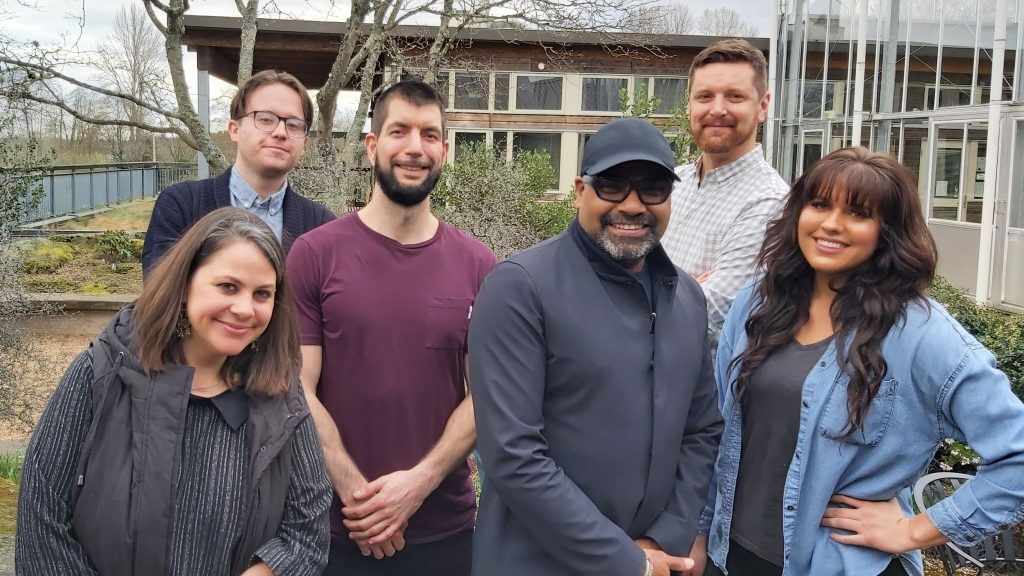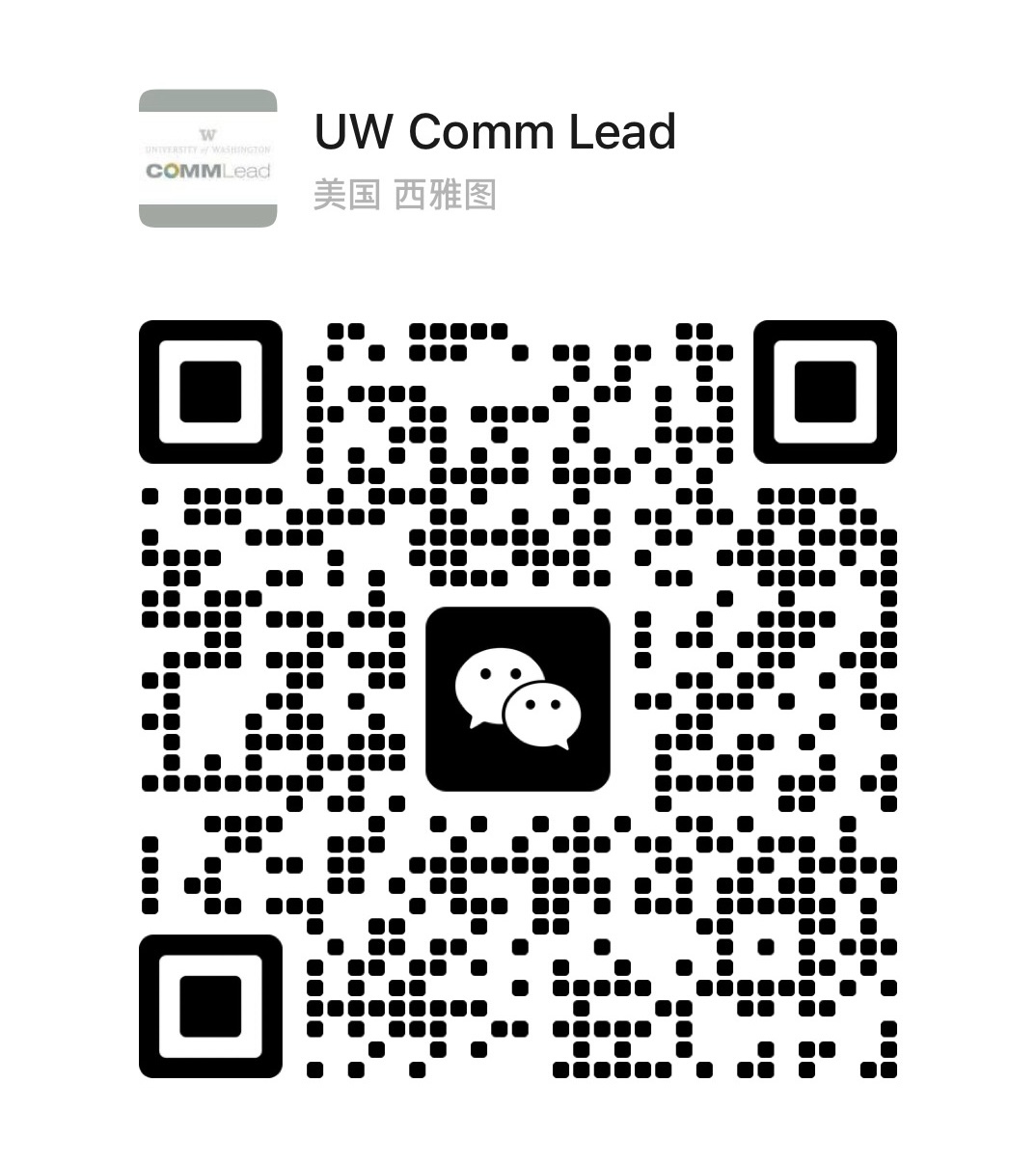
by Anu Hastings
Comm Lead attracts applicants from all over the world. And even in normal circumstances, we deal with the impact of distributed teams, snarly traffic, and other barriers to in-person communication. All these challenges had us thinking about the futuristic potential of livestreaming and remote conferencing technology “before it was cool.”
So last year, we consulted with Comm Lead student Richard McLean, who is a live multi-camera video production and events professional, and bought the necessary equipment to enable us to livestream admission information sessions and connect with prospective students across the globe in real time.
Then came COVID-19. On the eve of our Future of Work-themed Comm Lead Connects event, King County Public Health released a recommendation suggesting the postponement or cancellation of large events. Our leadership team decided on a last-minute pivot — to hold the March fifth event completely online, using a combination of live streaming and innovative audience engagement techniques.
In the days and weeks following Connects, many people around the world have turned to technology to continue doing their jobs and connecting with their community. Livestreaming is central to these efforts.
“Sometimes, people are hesitant to pursue livestreaming because they think audiences won’t show up,” McLean said, when asked about some of the challenges in his industry. “Actually, livestreaming ends up becoming a way to reach an even larger audience, ensuring more publicity in the process.”
McLean pointed to the particular advantage of going live on Facebook. “When you go live on Facebook, even someone who didn’t sign up for the event will show up. It affords the advantage of having a broadcast be pushed out to more people when you’re on a network where there is already a lot of audience.”
McLean and his crew orchestrated the livestream for Comm Lead Connects with a multi-camera setup at the venue — a few speakers joined us in person, while others connected through Zoom. We then adapted what we learned at that event to help the new UW Center for an Informed Public livestream a conversation about misinformation around Covid-19, that reached 2,000 people.
McLean has been training our students to use the equipment as well. He intends to put the systems and processes in place and leave it as a legacy of his time in the program. The livestreaming industry is growing so rapidly, and there is potential for people across different fields to benefit from picking up the skill. If you’re a Comm Lead student interested in learning how to run livestreams, please fill out this form to join future live event teams. Others seeking McLean’s services can contact him through his website.

Current students Mo Herbert and Lauren Devine have already assisted Richard on livestreaming projects.
“When I first met Richard, I had a passion for filmmaking. I wanted to get technical experience using the equipment,” Devine said. “I’ve enjoyed being a production assistant or camera operator, and learning the back end of video production.”
Needless to say, the successful execution of the Connects livestream took a village. In addition to the expertise of those within our community, we were lucky that all our speakers were amenable to the last-minute pivot, and we had an engaged audience all day. In these uncertain times, it was a privilege to be able to use technology to bring people together, and engage on a human level.
Here are a few tips and best practices from McLean and our team to help you get started livestreaming:
- If you’re already planning on video recording an event, consider adding a livestream. You won’t need that much additional technology and you can eliminate post-production time entirely.
- Take advantage of audience engagement opportunities. Keep remote viewers active during the stream using moderated chat, feedback polls, and more.
- When streaming in-person events (remember those?), be sure to balance the experience in the room with the stream. Don’t let the technology and the remote audience distract you from the people right in front of you.
- Offering a livestream is less likely to dis-incentivize people from showing up in person than you might fear. For most kinds of events, people still value the in-person experience, and the livestream audience will only expand your reach.
- Livestreaming to multiple channels can really amplify your audience. For instance, for events with multiple sponsors or partner organizations, you can stream to more than one Facebook page at once. The followers of each page are likely to get notifications about your stream and many will tune in on a whim.
- If you’re going to livestream at a venue, make sure to request a dedicated wired ethernet connection. Also, get the contact information for IT staff at the venue, and request that they have someone on site to check in with you when you set up.
- For more reliable internet, you can use cellular bonding to combine multiple cellular carriers (T-Mobile, AT&T, Verizon, etc.) with any available WiFi or ethernet.
- Most platforms have the option to send a backup stream, so you can use two encoders to send two streams to the same platform at the same time to have more redundancy. It’s best practice to use a different internet connection for each, i.e. wired ethernet for primary and cellular data for the backup.

 University of Washington
University of Washington